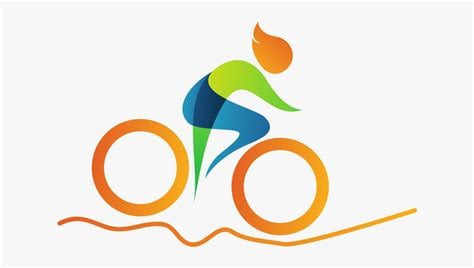Tap on the car icon, then software, then the blue text that says “Additional Vehicle Information”. It will be listed as the 3rd entry “CCS and 3rd-party NACS DC charging” and say “Enabled” if you have it.
I have a 2018 Model 3 and did the upgrade myself (swapped out a small ECU module in the trunk and a small wiring harness adapter) and it only took me an hour total. Reputable places will sell you everything you need - I went with A2Z, and came bundled with a CCS to NACS adapter. Lots of YouTube tutorials. Involves a socket wrench and disconnecting the 12v and main battery. Very straightforward though.
If you’re less handy, Tesla will do the retrofit for you at a reasonable price as well, including their adapter.









To properly answer, we need to define what we mean as “airborne” which has gotten a bunch of people very upset recently. Prior to the COVID pandemic, the transmission model for respiratory viruses focussed on 3 distinct models of transmission:
COVID was presumed to only be transmitted through the first 2 methods. But weird things were observed, where transmission occurred when people (or ferret model experiments) were separated by barriers through which ballistic droplets couldn’t pass, like air ducts with multiple 90° bends. People also got sick after being in rooms many minutes after infected people had been present, long after ballistic droplets would have harmlessly fallen to the ground.
In reality, droplet models were just close range transmission, and airborne long range transmission of bio-aerosols, or micro droplets created from breathing, shouting, singing, coughing, or sneezing. The range was more a function of the transmissibility of the virus. Highly infective things can infect at low doses at long range. Less infective things occur with much higher doses, when people are quite close to one another. This folded in the prior models quite nicely. It was, however, not well accepted.
If a disease is to be transmitted by bio-aerosols, the disease vector needs to be able to enter the body through the surfaces with which it will interact upon being “breathed in”. This doesn’t work well for the STI viruses or bacteria, nor the malarial parasite, as they aren’t actively expelled in the respiratory system, so don’t generate bio-aerosols, and require access to highly specific host cells not easily accessed through the respiratory system at the necessary volumes to create an infection.
So, no, not really possible for non-respiratory viruses to become “airborne” in that sense.there would need to be a LOT of intermediate steps.
But diseases that we used to consider to be transmitted by the now defunct ballistic droplet model can become “airborne” (instead of “droplet”) if their ability to infect a subject becomes more successful at lower doses of pathogen such that it can occur at longer range, and over longer times.